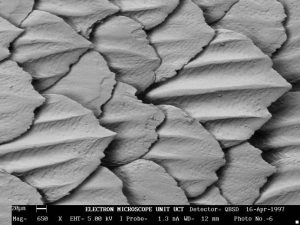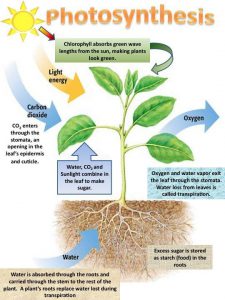Nature has an incredible number of benefits—think of a time that you found solace in someplace wild. Or a time that you found yourself completely, utterly mesmerized by some odd creature. Perhaps your affinity for nature is more practical. We rely on nature to sustain our lives—nature provides us with the the oxygen we breathe, the water we drink, the land on which we build. Nature is also cause for inspiration. Scientists and engineers are now looking to nature to inspire new inventions. This is called biomimicry.
Biomimicry can be broken down like this: ‘bio’ comes from the Greek word for ‘life,’ and ‘mimicry’ comes from the Greek word for ‘imitate.’ Scientists, engineers, and researchers are quite literally looking to imitate life—it’s processes and other aspects. Here are some examples of biomimicry in action.

Shark Skin and Boats
Sharks have scales called dermal denticles. These scales, in some ways, resemble teeth on the shark’s skin. They feel rough to the touch, kind of like sandpaper. These scales make sharks extraordinarily hydrodynamic and they help protect against skin parasites. Researchers are looking into mimicking the structure and function of these scales to create a surface that can be applied to the hull of boats. The hope is that this surface will replace the toxic paints that are currently used.
To learn more: https://www.wired.com/2005/03/shark-skin-inspires-ship-coating/

Sea Otter Fur and a Wetsuit
Sea otters have incredibly dense fur to help them deal with the cold water in which they live. When otters dive into the water their fur traps little bubbles of air. Researchers at MIT are trying to mimic this mechanism in their creation of a wetsuit catered to surfers. Wetsuits these days rely the wearer’s body to warm up a thin layer of water trapped by the wetsuit.

To learn more: http://news.mit.edu/2016/beaver-inspired-wetsuits-surfers-1005
Photosynthesis and Energy
Could we look to plants to find an answer to alternative energy? Scientists are trying to mimic photosynthesis—synthetic photosynthesis—as a means of creating energy.
To learn more: https://www.nature.com/scitable/blog/student-voices/artificial_photosynthesis_adapting_nature8217s_energy?isForceDesktop=Y


